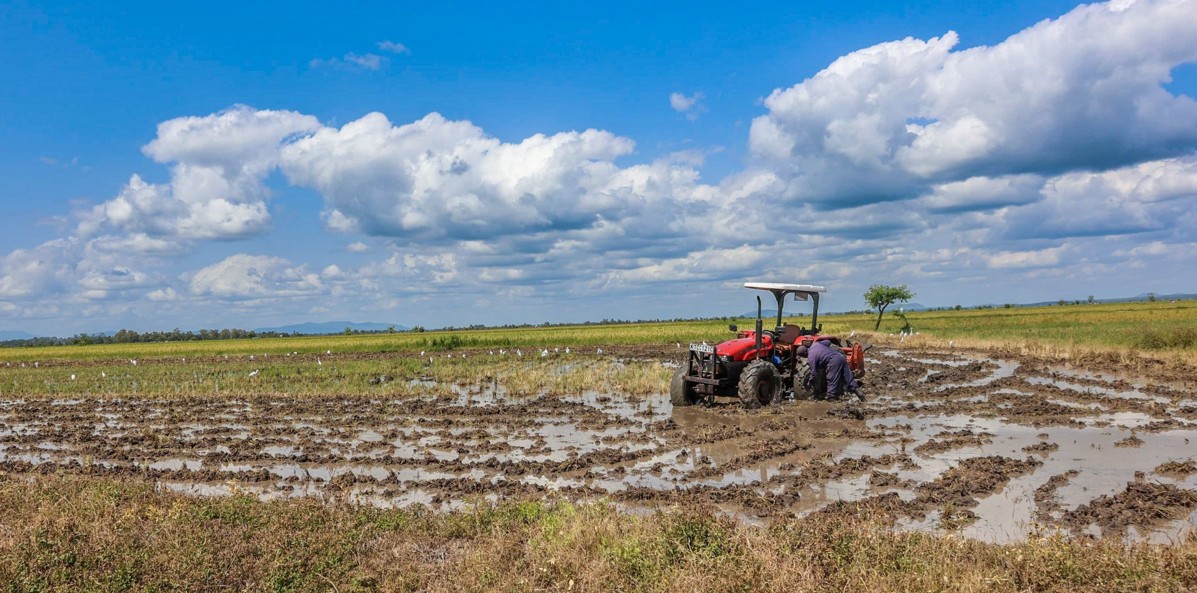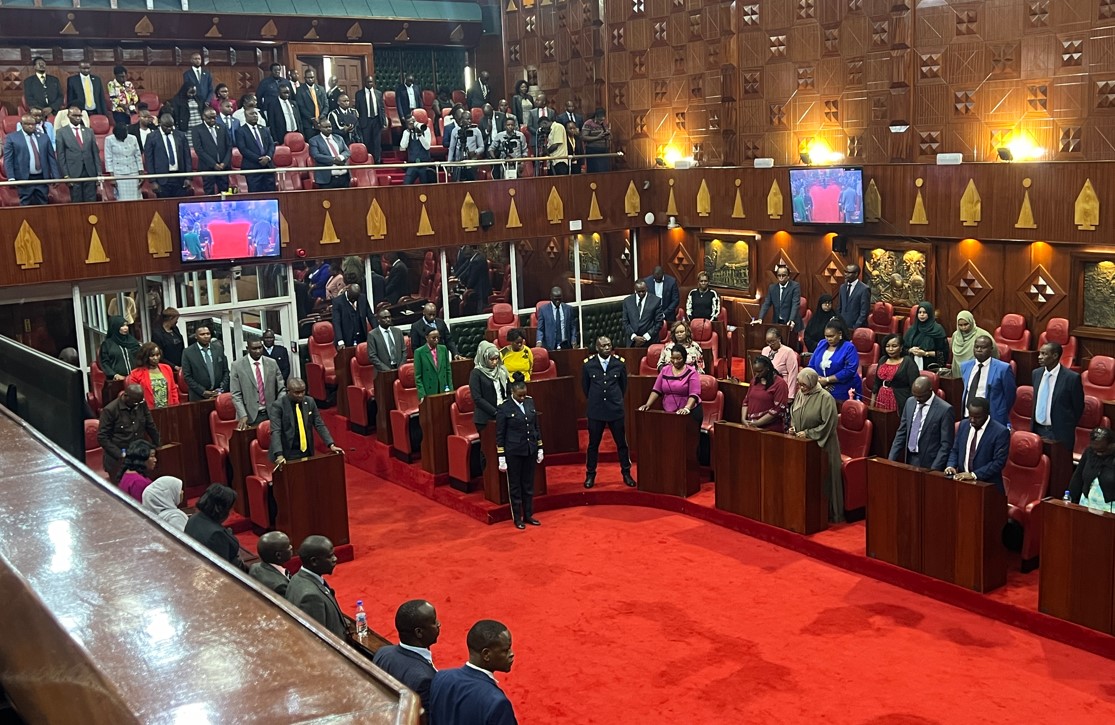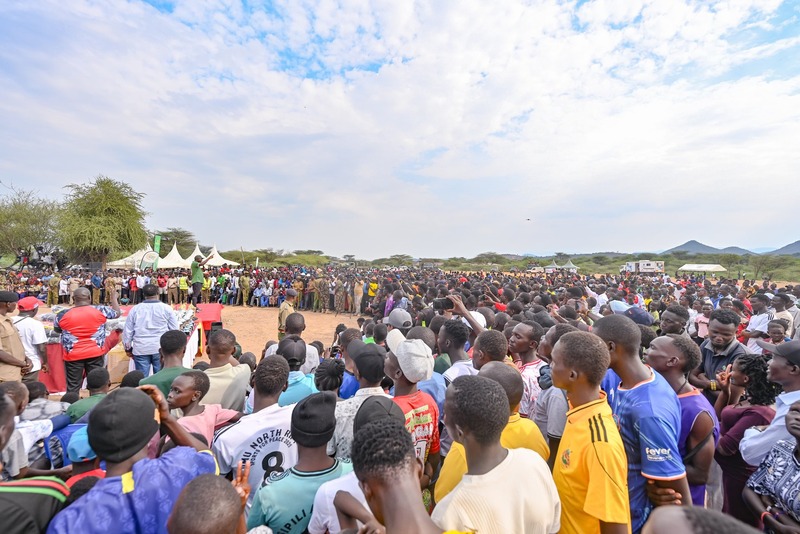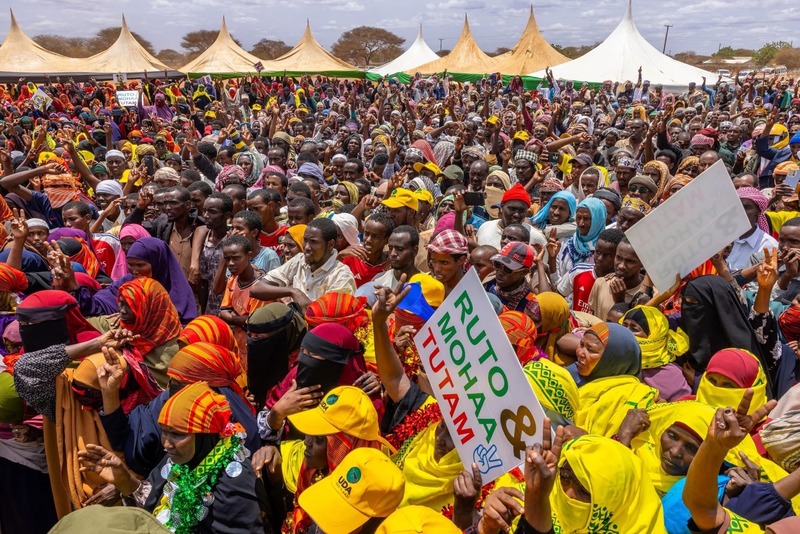High interest rates, collateral gaps still hindering farmers' access to credit – CBK survey

The CBK survey shows that 54 per cent of farmers said high interest rates were the main reason they couldn’t access credit, up from 38 per cent in March.
Access to credit continues to be a major hurdle for many Kenyan farmers, even as the need for financial support in the agriculture sector steadily increases.
Central Bank of Kenya’s (CBK’s) Agricultural Sector Survey conducted in May shows that a majority of farmers in the country still face significant hurdles in securing loans, with high interest rates emerging as the leading concern.
More To Read
- Borrowers exposed to costly loans despite banks cutting interest rates by one per cent
- Banks pocket Sh13 billion more from MSMEs driven by higher interest rates – CBK
- Wheat traders to enjoy continued tax relief after EAC deal
- Kenya's small-scale farmers to benefit from Sh10.9 billion funding boost
- Farmers to access loans faster with AI-powered credit scoring
- Tough times ahead: Proposed tough agriculture laws worry Kenyan farmers
The survey indicates that 54 per cent of farmers cited high interest rates as their main barrier to accessing credit, marking an increase from 38 per cent in a similar survey conducted in March.
However, the figure remains slightly below the 58 per cent recorded in November 2024.
Compared to last year’s high, CBK describes the latest trend as a modest decline, attributing it to the ongoing easing of monetary policy that has gradually lowered lending rates since late last year.
CBK's Monetary Policy Committee last week lowered the benchmark Central Bank Rate to 9.75 per cent, marking the sixth consecutive cut from the decade-high of 13 per cent recorded last year.
Lack of collateral
Another longstanding issue highlighted by the survey is the lack of collateral.
“The percentage citing lack of collateral as a constraint remained stable at below 30 per cent but above 20 per cent for the period November 2024 – May 2025,” the report reads.
Notably, this comes amid rising demand for credit among farmers.
According to the survey report, the proportion of farmers who said they did not need credit fell sharply, from 37 per cent in March 2025 to 25 per cent in May, indicating a growing appetite for credit, likely driven by higher input costs and efforts to expand and modernise operations.
Another notable concern raised by farmers in the survey is the challenge of marketing and selling farm produce.
Price fluctuations
The main issues cited include price fluctuations and interference from middlemen and brokers.
“The percentage citing price fluctuations remained high, though it declined to 81 per cent in May 2025 from 88 per cent in March 2025,” the report reads.
The proportion reporting price distortions by middlemen as a problem moderated to 66 per cent in May 2025 compared to 69 per cent in March 2025.
Regarding how to improve the sector’s prospects, the surveyed farmers emphasised the need for the government to ensure access to affordable, high-quality inputs delivered on time.
“The subsidised fertiliser programme should be continued as it has alleviated the farm input cost burden,” they noted.
They added that it is important to stabilise prices of agricultural produce, which tend to be highly volatile, falling drastically during harvests and increasing sharply during shortages occasioned by factors such as drought, floods or crop diseases.
Top Stories Today













































